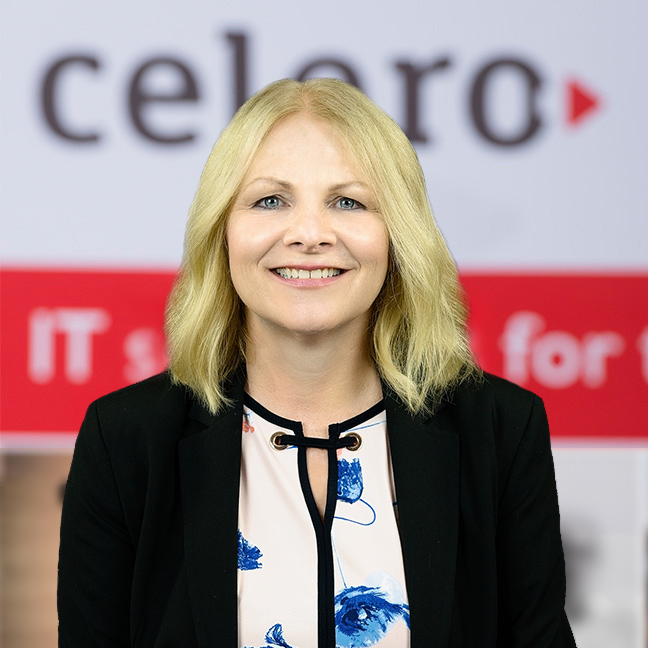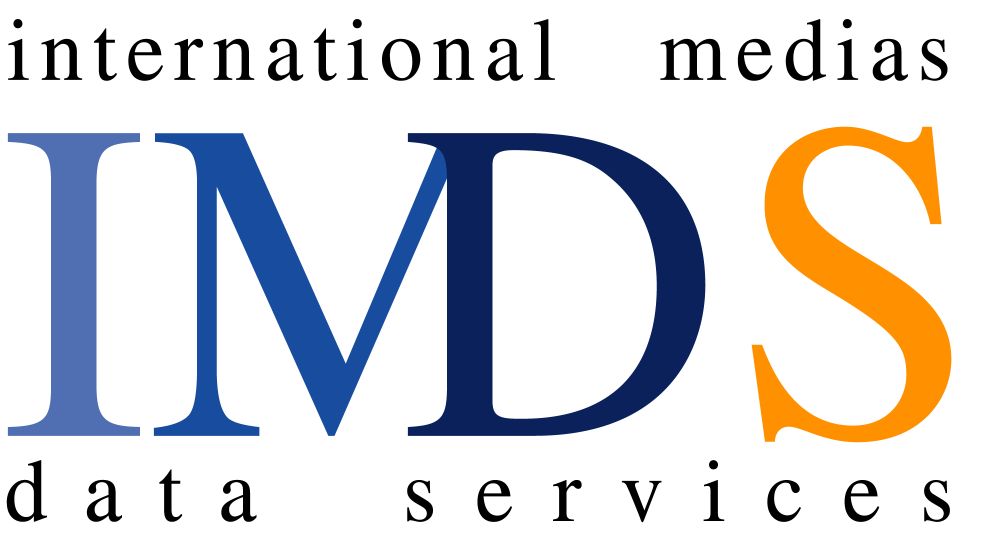DIACC is hosting a series of spotlights showcasing our amazing female DIACC members in the digital identity space, noting the importance of diversity. These spotlights will be regularly socialized through DIACC’s LinkedIn and Twitter channels as well as our monthly member newsletters.
If you’re a DIACC member and would like us to feature your spotlight, contact us today to learn more!
What has your career journey looked like?
Started as litigator on Bay street out of law school (student and then lawyer) from 2002-2012; became inaugural General Counsel and Chief Privacy Officer at a large Ontario Post-Secondary Institution; became General Counsel and Secretary of ApplyBoard Inc. in 2020 empowered to enable ApplyBoard’s continued ascent to bring access to education to our Global Student Users.
When you were 20 years old, what was your dream job and why?
Anthropologist. I wanted to travel and study culture.
As a female leader, what has been the most significant barrier in your career?
I feel fortunate that I was able to leverage the connection of women and being a General Counsel to co- found Women General Counsel Canada. Part of what brings our group of members together is the unique position we are in as women executives who are at the intersection of advising a business, enabling compliance and ensuring strategic risk management.

How do you balance work and life responsibilities?
Humour, humility, and hard work. And lots of laughing and singing with my four children.
How can more women be encouraged to pursue careers in the digital ID/tech space?
By featuring women (just like this profile) and establishing continual mentorship opportunities.
What are some strategies you have learned to help women achieve a more prominent role in their organizations?
Find allies and mentors, join external organizations to take on leadership roles and become an active change maker within your own organization with courage and authenticity.
What will be the biggest challenge for the generation of women behind you?
Feeling pressured to choose between family and a leadership position / career.
What advice would you give to young women entering the field?
Be courageous and do not use diminishing language or negative self talk. Do not be discouraged by the lack of women representation in STEM or Tech – it is changing. You can be the leader now that others will look to for inspiration.
Alexa Abiscott is the General Counsel and Secretary at ApplyBoard; Co-Founder and Board Member, Women General Counsel Canada.

